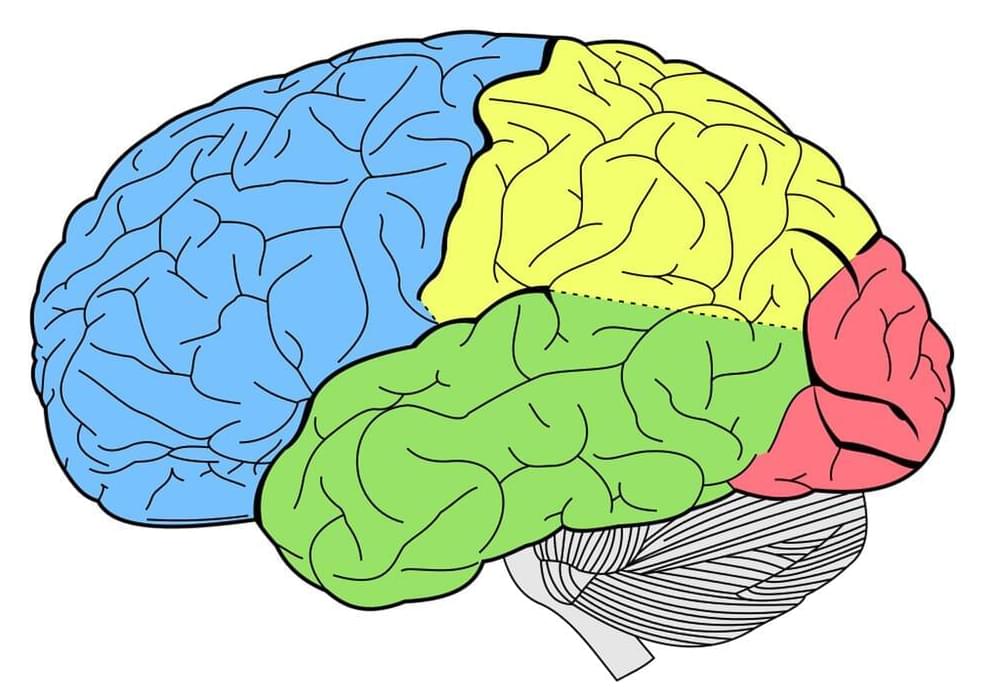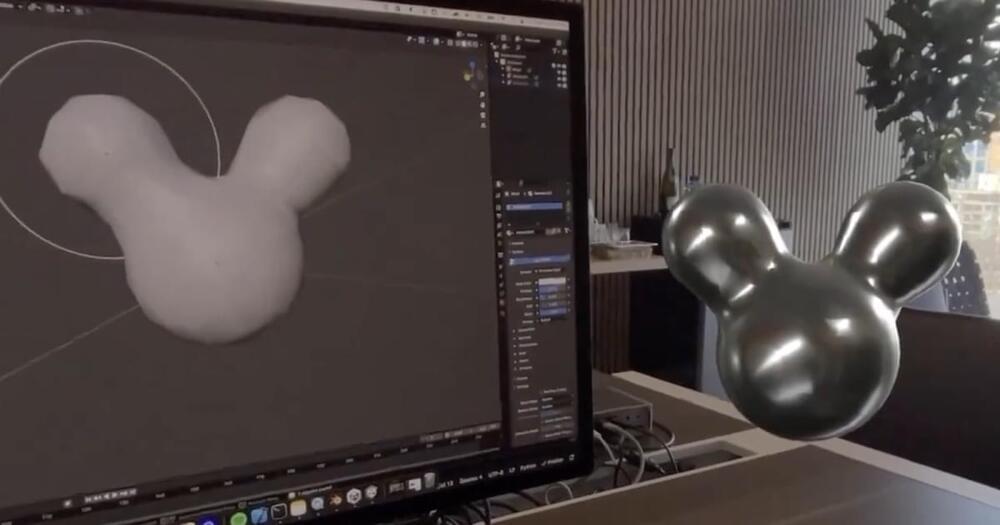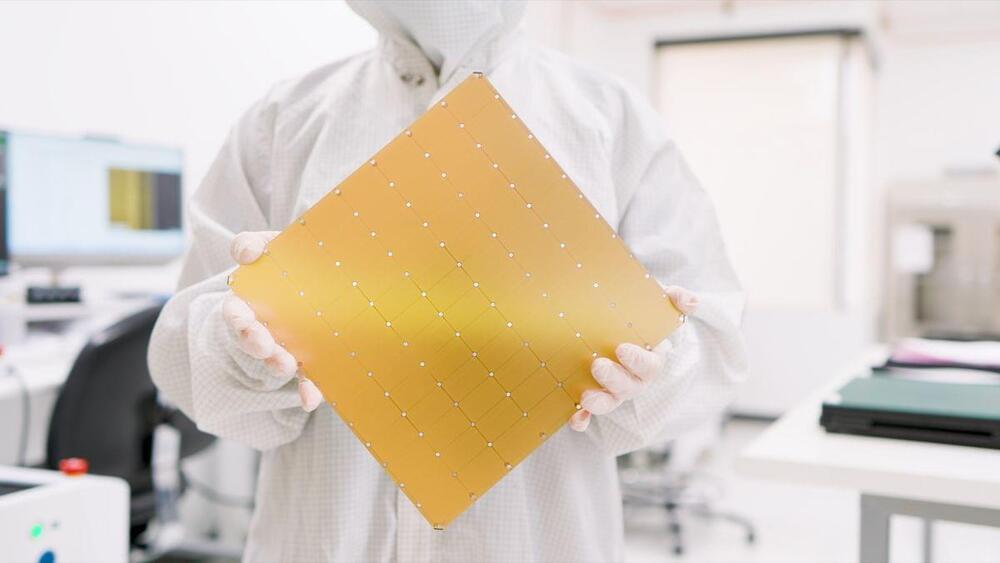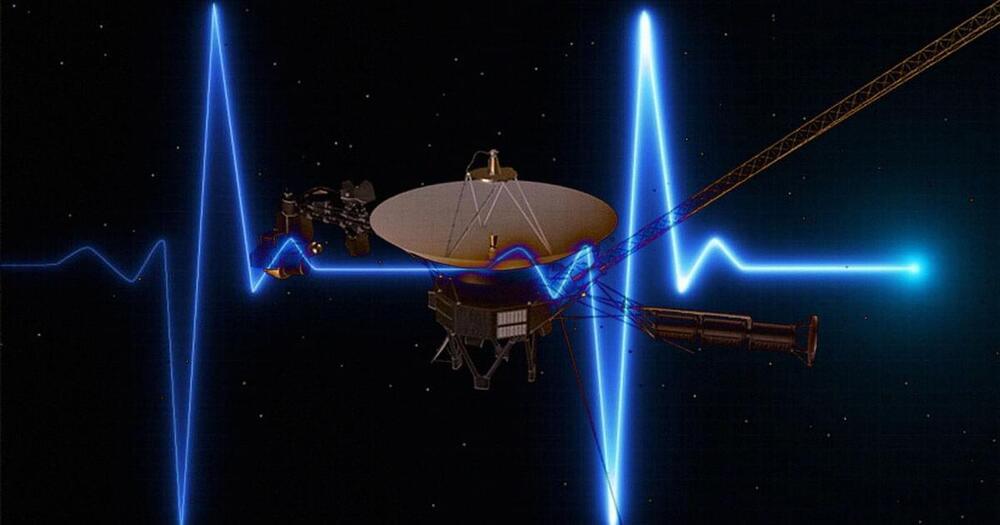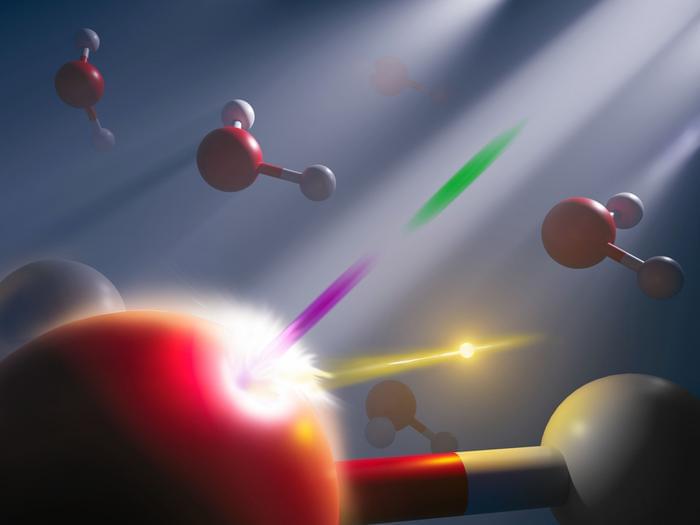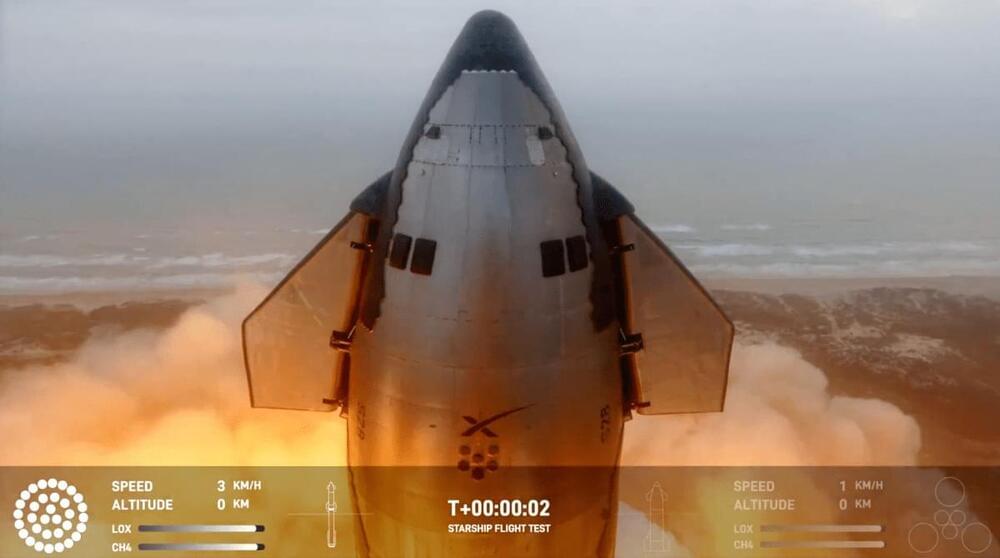Globally, the number of people living with, or dying from, neurological conditions such as stroke, Alzheimer’s disease and other dementias, and meningitis has risen substantially over the past 30 years due to the growth and aging of the global population as well as increased exposure to environmental, metabolic, and lifestyle risk factors. In 2021, 3.4 billion people experienced a nervous system condition, according to a major new analysis from the Global Burden of Disease, Injuries, and Risk Factors Study (GBD) 2021, published in The Lancet Neurology.
The analysis suggests that worldwide, the overall amount of disability, illness, and premature death —a measurement known as disability-adjusted life years (DALYs)—caused by neurological conditions increased by 18% over the past 31 years, rising from around 375 million years of healthy life lost in 1990 to 443 million years in 2021.
The absolute number of DALYs is increasing in large part due to aging and growing populations worldwide.

